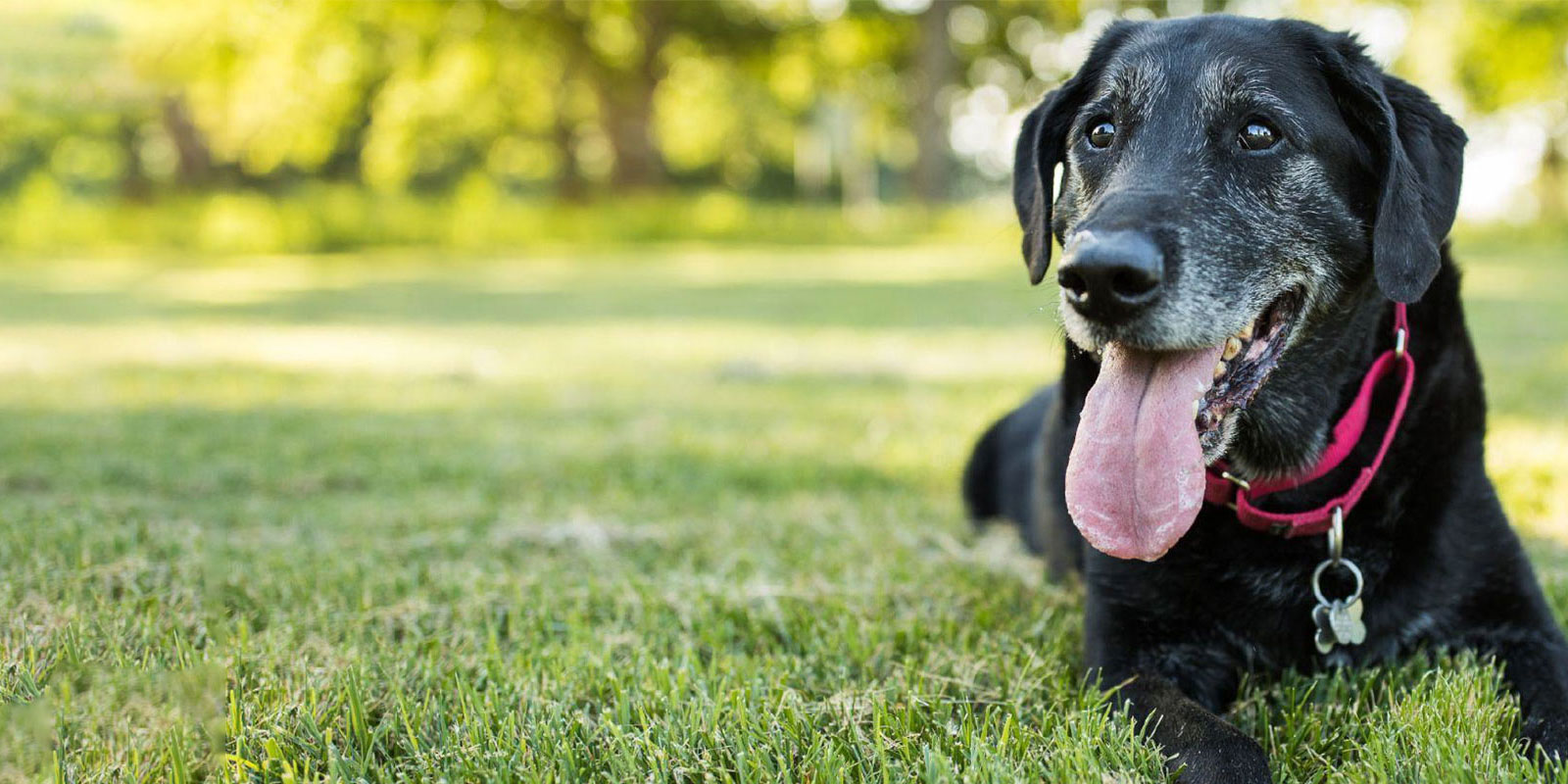Collars and/or a harness are an essential accessory for every pet and a fashion highlight for some too. It is however essential that you should choose carefully as a poorly selected and fitted one may cause unnecessary injury. Remember, you can always speak to a member of our friendly team to figure out which one is best for your pet.
Dogs
Collars
It is important to always have a collar on your dog. This allows you to have another form of identification on your pet in addition to their microchip. Your dog is much more likely to be returned home with an ID tag that has your up to date contact information on it.
Although collars are great for identification and can be used for attaching your dog’s lead, they may not be an ideal choice for walking your four legged friend.
Reasons for this include:
- A dog who pulls is at risk for injuries to their neck and other health problems
- They are not an effective tool for teaching loose lead walking
- If your dog becomes frightened they may be able to slip out of their collar
If you choose to walk your dog with a collar, some things to note are:
- As a rule you should be able to slip two to three fingers between the collar and your dog’s neck without it slipping over the head
- Puppies grow quickly, check your pup’s collar once a week to ensure they can breathe and move comfortably
- Choke, prong or shock collars – we do not endorse the use of these collars. Punishment is not effective in the prevention of behavioural problems and is more likely to exacerbate an undesirable behaviour. If you are considering any of these options please speak to an animal behaviouralist or qualified positive reinforcement dog trainer. We also welcome you to contact our pet healthcare team for more proactive ways to manage your pet’s condition.
Harnesses
Harnesses offer a great alternative to collars and are much more effective and safe when working with dogs who like to pull. They can be a great tool to help teach your dog to walk on a loose lead if chosen correctly. Even if your dog doesn’t pull, they eliminate the risk of neck injuries for your pet. Two types of harnesses include those which have a back clip for the lead and those with a chest clip.
Back Clip
- Work great for small dogs and dogs who don’t tend to pull.
- No risk of neck injuries and eliminates coughing and choking.
- Can sometimes encourage pets to pull.
- Not good for reactive dogs or those who pull.
Chest Clip or Chest Led Harness
- As with back clip, takes pressure of dogs neck and eliminates neck injuries, coughing and choking.
- By putting pressure on dogs chest when they pull, they work to then turn the dog around.
- Great piece of equipment for dogs who pull to teach loose lead walking.
- Some brands have a front and a back clip which can further increase control and reduce pulling.
Car Harness
Although these are a good option for keeping your dog still in the car, they are different to walking harnesses and are not interchangeable.
Head Collars
- For dogs who severely pull or are reactive on leash (especially large dogs), a good option can be using a head collar. As these can be quite scary for dogs to wear at first, it is important to introduce them to this piece of equipment quite slowly. This acclimatisation should be a very positive experience for the dog to ensure they are happy and comfortable with the head collar. As these can be difficult to fit on your dog, it is important to seek the assistance of a knowledgeable dog trainer or veterinary clinic staff.
Cats
Cat collars should always have a safety feature, such as an elastic strap or buckle that pulls apart under a pulling force. This allows the collar to stretch and be slipped off or the collar to undo if the cat gets caught in a fence or tree.
We encourage you to ask one of our friendly healthcare team to assist you in selecting the best piece of equipment for your pet.


